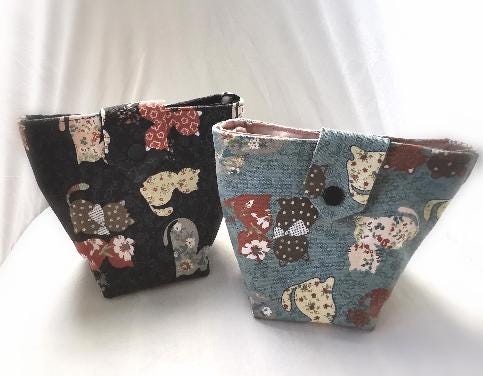At its core, canvas is a plain-woven fabric, which means the threads are interlaced in a simple crisscross pattern. Traditionally made from cotton, linen, or hemp, canvas has evolved over time. While natural fibers are still popular, modern canvas may also include polyester or other synthetic fibers to increase its durability and weather resistance. The fabric is known for being thick, heavy-duty, and tightly woven, which gives it its characteristic strength. This is why canvas is so often used in applications that demand resilience—like sails, tents, backpacks, and shoes.
Canvas has an ancient lineage. The word “canvas” derives from the Latin word cannabis, meaning hemp, because early canvas was often made from hemp fibers. The fabric has been used for thousands of years across many cultures. Ancient Egyptians used it for sails, while in the Middle Ages, it was a popular choice for clothing among workers and sailors who needed something both durable and breathable. During the Renaissance, canvas became the preferred medium for oil painters. Artists like Leonardo da Vinci and Rembrandt used canvas to create works that still hang in museums today. The switch from wood panels to canvas represented a shift in both practicality and artistic expression.
Canvas is produced through a plain weave, the simplest type of weaving technique. In this process, the weft (horizontal threads) and warp (vertical threads) are woven in an alternating pattern, one over and one under. This tight weave creates a dense fabric, making it less likely to tear or wear out. After weaving, the canvas may be treated in several ways depending on its intended use. It can be dyed, waterproofed, or coated with materials like wax or PVC to increase resistance to the elements. Artists’ canvas is often "primed" with a gesso layer that prevents paint from soaking into the fabric. There are two main types of canvas: plain and duck. Duck canvas, despite the odd name, is smoother and more tightly woven than plain canvas, and it’s commonly used in items like sneakers, backpacks, and outdoor gear.
One of the greatest strengths of canvas is its versatility. It serves both practical and creative functions and appears in nearly every corner of our daily environment.
Fashion and Accessories: Canvas is widely used in fashion for its durability and rustic charm. Canvas tote bags are popular for their eco-friendliness, and canvas shoes like Converse or Vans are both stylish and long-lasting. Because it’s easy to dye and print on, canvas allows for endless customization and design.
Outdoor Equipment: If you’ve ever gone camping, chances are your tent or backpack was made of canvas or a canvas blend. Its strength and weather resistance make it ideal for tough outdoor conditions. Even boat sails and tarpaulins often rely on canvas because it withstands wind and moisture better than most fabrics. 3. Home Decor and Furniture: Canvas finds a home indoors as well. It’s used for upholstery, curtains, and wall art. Many couches and chairs are covered with canvas slipcovers, which are easy to clean and replace. Its neutral appearance fits with many decor styles, from rustic farmhouse to modern minimalist.
Art and Creativity: Artists love canvas for its texture and absorbency. Stretched canvas is the foundation for countless paintings, from beginner works to priceless masterpieces. Even outside traditional painting, canvas is a go-to material for crafts, banners, and DIY projects.
In a world that’s increasingly focused on sustainability, canvas—especially when made from natural fibers—has a lot going for it. Cotton canvas, for example, is biodegradable and can last for years with proper care, reducing the need for frequent replacement. Hemp canvas, which is less common but growing in popularity, is even more sustainable. Hemp grows quickly, requires little water, and doesn’t need pesticides. However, not all canvas is eco-friendly. Some modern canvas fabrics include synthetic fibers or are treated with chemicals that may not decompose easily. As with many materials, the environmental impact depends on how it’s made and used. Consumers who want a greener option should look for organic cotton canvas or untreated hemp products.
Canvas may be tough, but it still benefits from proper care. Uncoated canvas can usually be hand washed or machine washed on a gentle cycle. It should be air-dried to avoid shrinkage. For waxed or waterproofed canvas, cleaning typically involves wiping it down with a damp cloth. Harsh detergents or scrubbing can strip the protective coating. Storing canvas products in a cool, dry place helps prevent mold or mildew, especially for items like tents or tarps that are often exposed to moisture.


